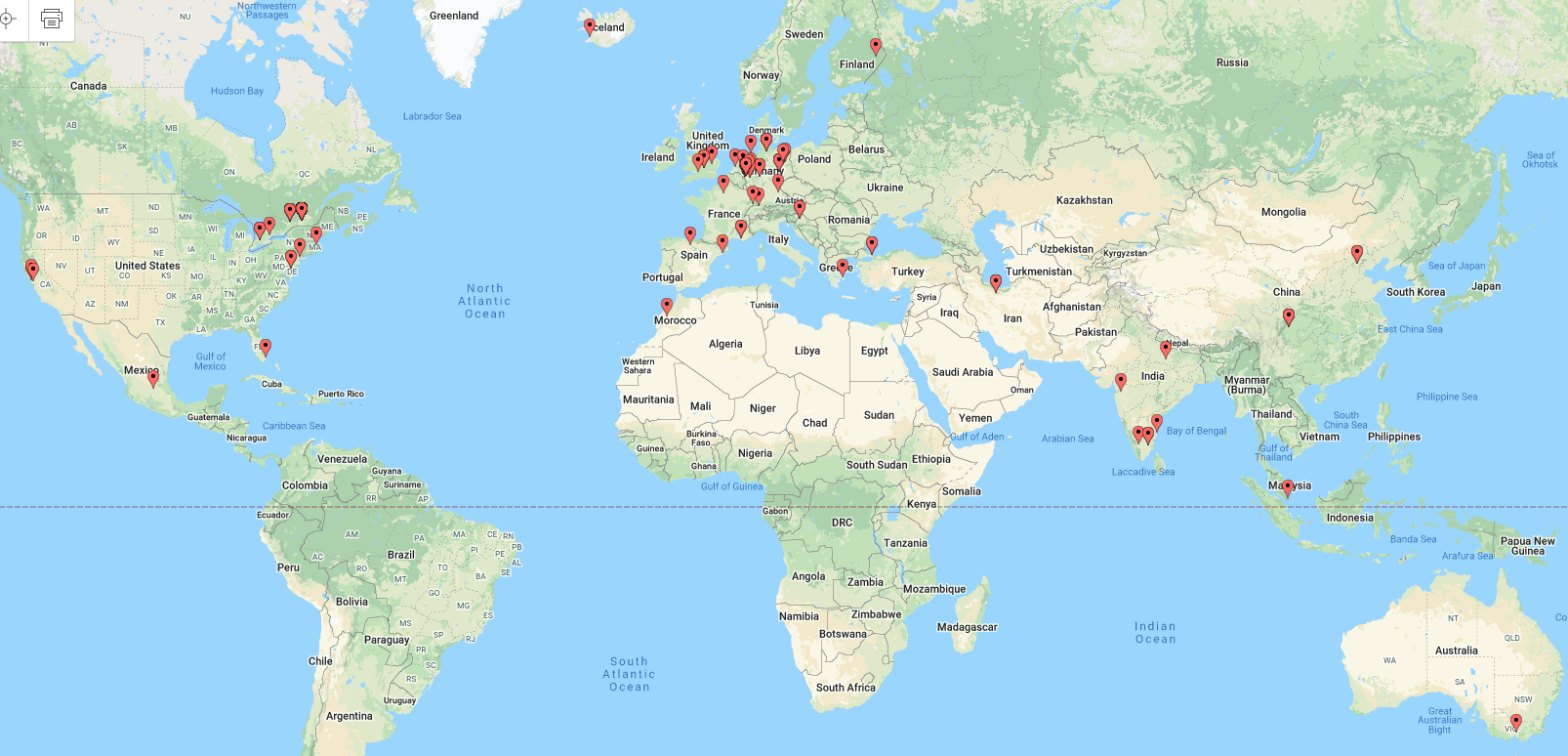HIBALL Winter School 2021
In February 2021 we held the first HIBALL Winter School, which gained a lot of interest. The courses offered introductions and practical hands-on sessions focusing on the BigBrain, related datasets and tools covering IT-Infrastructure, image analysis, visualization and annotation.
With the teaching events of the BigBrain project, we reach out to the thriving community of users and developers which has emerged around the BigBrain. We particularly invite young researchers to join the discussion and become part of the BigBrain community. If you would like to contribute, come join our ongoing conversation on the BigBrainProject Forum.





